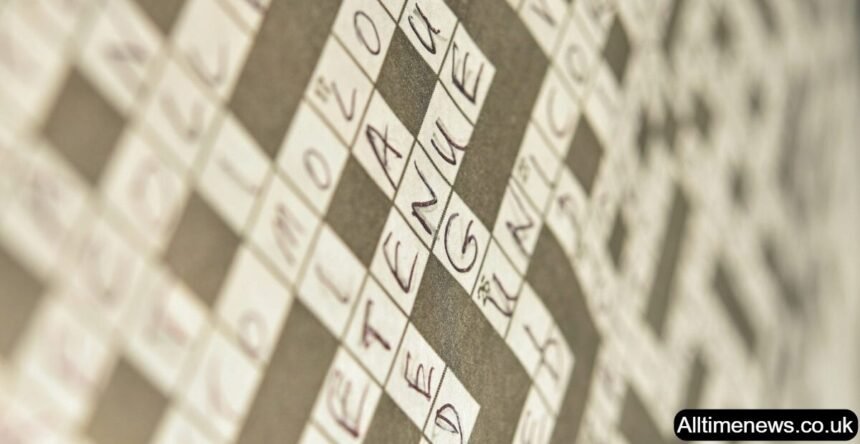Introduction to the NYT Crossword Puzzle
The New York Times Crossword Puzzle is an institution in the realm of word games, celebrated for its challenging clues and elegant construction. Each puzzle invites solvers into a world of linguistic creativity and intellectual challenge, where every clue is meticulously crafted to provide a stimulating mental workout.
One intriguing clue that has recently caught the attention of crossword enthusiasts is “Iron, for Example.” While it might initially seem straightforward, the clue can embody different interpretations that challenge solvers to think creatively and explore multiple meanings.
Understanding the Clue: Iron
When tackling the clue “Iron,” it’s crucial to consider both the literal and figurative uses of the term. Crosswords often play with these multiple meanings to add a layer of complexity and fun.
As a chemical element, it refers to “FE,” with atomic number 26, often used in scientific contexts. Lastly, “iron” might be used metaphorically, pointing to phrases like “iron will” or “ironclad,” testing solvers’ understanding of idiomatic expressions related to strength or rigidity.
Final Answer: METAL
A typical answer to the clue “Iron” is METAL when referring to its classification as a substance. Iron is one of the most well-known metals, and this answer fits well with the scientific context of the crossword clue. The use of METAL reflects how the crossword puzzle often incorporates basic scientific terms, adding an educational layer to the challenge.
You may also like:
- Verb that Becomes its Opposite NYT Crossword Clue & Answer
- Wheels on a Lorry NYT Crossword Clue & Answer
- Inseparable Pals for Short NYT Crossword Clue & Answer
- Performing in a Play, Say NYT Crossword Clue & Answer
- Turn Topsy-Turvy NYT Mini Crossword Clue & Answer
The Joy of Wordplay
Solving clues like “Iron, for Example” in the New York Times Crossword Puzzle exemplifies the joy of wordplay and the depth of crosswords. It challenges solvers to consider various meanings and contexts, making the solving process both stimulating and enjoyable.
Tips for Solving NYT Crossword Clues
Solving the NYT crossword is both challenging and rewarding. Each puzzle pushes you to think creatively, improving your problem-solving skills along the way.
- Use a pencil: Mistakes happen, and it’s easier to correct them with a pencil.
- Think carefully: Consider alternative meanings or wordplay before filling in your answer.
- Be patient: Some clues require a moment of reflection to unlock their full meaning.
Conclusion
Next time you encounter “Iron, for Example” in your NYT Crossword, remember to explore all possible interpretations. Each clue is a chance to engage with language in new and exciting ways, making every completed puzzle a rewarding accomplishment.
